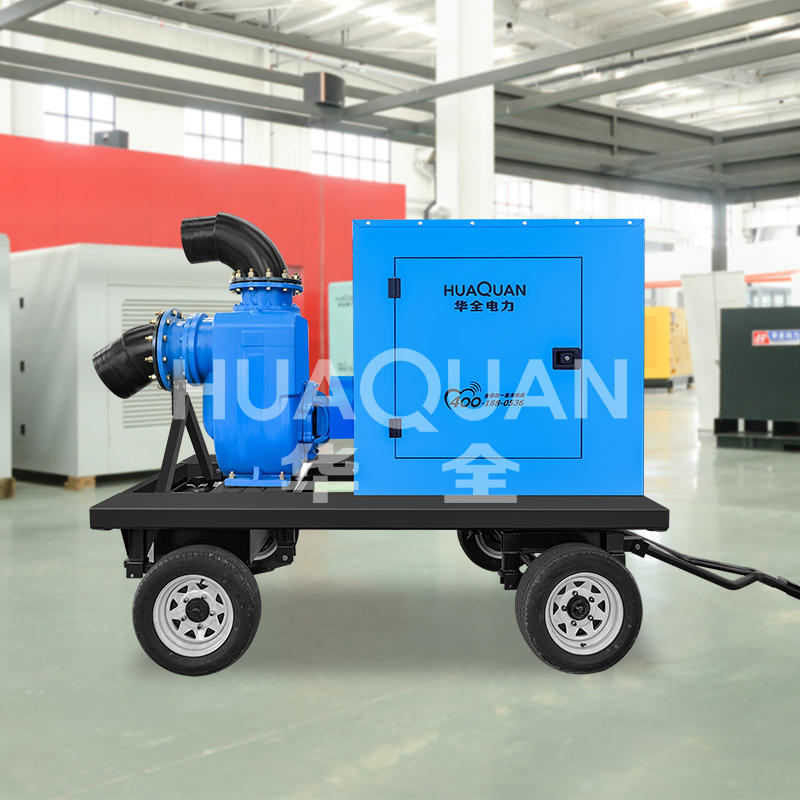Flood control water pump, as important equipment for resisting floods, require systematic daily management to ensure their readiness. Mechanical inspection, performance verification, and environmental adaptation should be given special attention.
1. Mechanical Integrity Checks
Daily visual inspections of Flood control water pump should cover seal integrity, impeller conditions, and lubrication systems. Loose bolts or unusual vibrations may indicate underlying issues needing immediate intervention. The pump's electrical components—particularly motor insulation and cable connections—require moisture-proof treatment to prevent short circuits during humid conditions.
2. Functional Performance Tests
Operate Flood control water pump weekly under no-load conditions to verify startup responsiveness and abnormal noise detection. Monthly full-capacity simulations should assess drainage efficiency, noting any flow rate deviations that suggest impeller wear or pipe blockages. Keep logbooks documenting pump runtime and performance trends for predictive maintenance.
3. Environmental Preparedness
Position Flood control water pump in designated dry areas with clear access routes. Seasonal adjustments include winter antifreeze measures for stored units and pre-rainy season fuel replenishment for diesel models. Surrounding drainage channels must remain unobstructed to facilitate rapid deployment.
Proactive management transforms Flood control water pump from passive equipment into active floodfighting assets. Through disciplined routines, these mechanical sentinels maintain peak readiness to defend communities when waters rise.
More information about Flood control water pump:https://sinogens.com/







